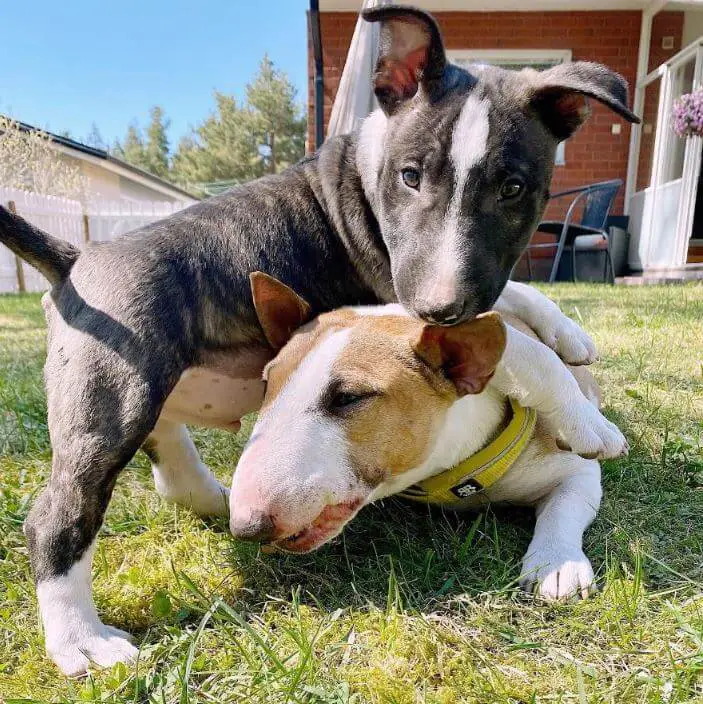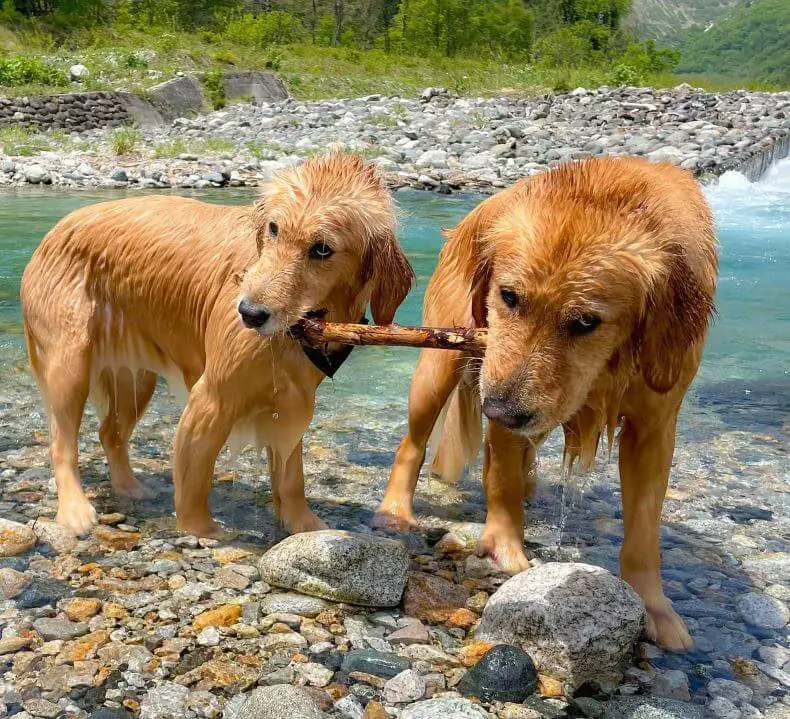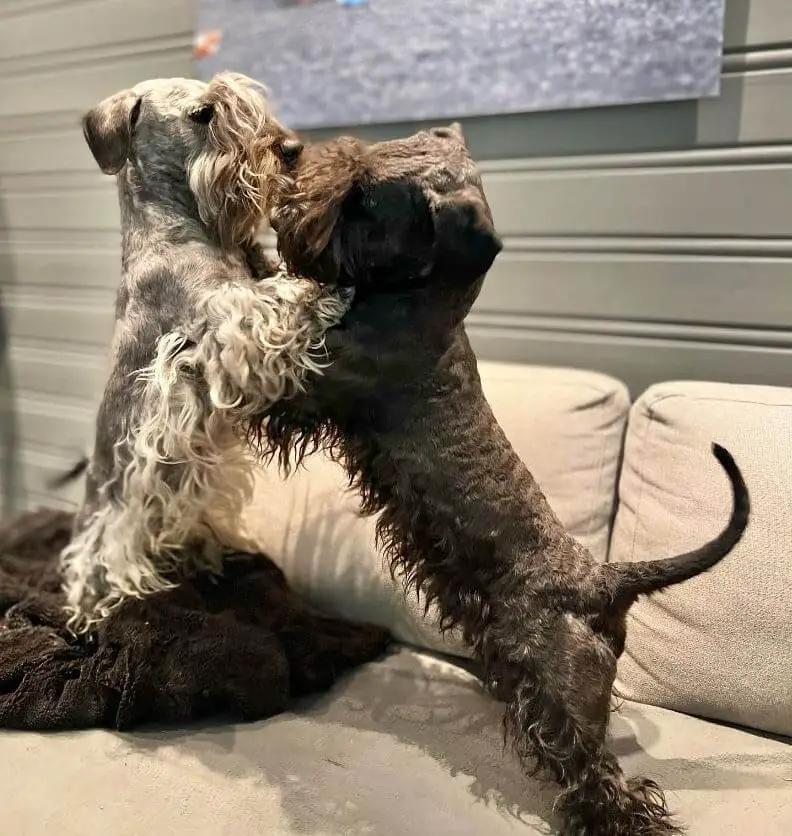Watching dogs engage in playful interactions is a heartwarming sight, but sometimes, it’s challenging to distinguish between harmless play and the beginnings of a real fight. Understanding the nuances of dog behavior during play is essential for ensuring a safe and enjoyable environment for both your canine companions and yourself. In this article, we’ll explore how to evaluate rough play in dogs and provide insights into recognizing the signs of playful interactions versus aggressive behavior.

Recognizing Playful Body Language:
Dogs use a specific body language during play that differs from aggressive behavior. Here are some signs to look for:
- Loose Body Posture: Playful dogs typically have a relaxed and loose body posture. Their bodies are wiggly, and their tails are often held high and wagging.
- Bounding and Pouncing: Play often involves bounding, pouncing, and chasing one another without aggressive intent.
- Play Bows: Dogs may initiate play by assuming a “play bow” position, where they lower their front end and raise their hindquarters. This is a clear invitation to play.
- Vocalizations: Dogs may make play-specific vocalizations like playful barks or growls, which are typically higher-pitched and lack the intensity of aggressive growls.
- Self-Handicapping: During play, dogs may intentionally put themselves at a disadvantage, such as lying down or exposing their belly, to signal that they are playing and not being aggressive.

Understanding Play Styles:
Dogs have different play styles, and it’s essential to recognize and respect these differences:
- Rough-and-Tumble Play: Some dogs engage in physical and boisterous play, which can include body slamming, wrestling, and mock biting. This style is often seen in younger dogs.
- Chase Play: Dogs may engage in chasing games, taking turns as the chaser and the one being chased. This type of play helps dogs expend energy and develop coordination.
- Object Play: Dogs may engage in play with toys, balls, or sticks, which can mimic hunting or retrieving behaviors.
- Social Play: Dogs also enjoy social interaction during play, such as sniffing each other, playfully grooming one another, or engaging in gentle mouthiness.
Recognizing When Play Turns Aggressive:
While play can be energetic and physical, it’s crucial to identify when it might cross the line into aggression. Signs of potential aggression during play include:
- Intense Staring: Prolonged and intense staring between dogs can signal tension or aggression.
- Bites That Cause Pain: Playful mouthing is common, but if one dog’s bites cause the other pain, it may escalate into aggression.
- Ears Pinned Back: Dogs with their ears flattened against their heads may be displaying aggression.
- Raised Hackles: Raised hair along a dog’s back can indicate heightened arousal and potential aggression.
- Growling with Aggression: While play growling is usually high-pitched, aggressive growling is deeper and more intense.
Intervening in Play or Potential Aggression:
If you’re uncertain whether play has turned aggressive, it’s better to err on the side of caution:
- Interrupt Play: If you notice escalating tension or behaviors that make you uncomfortable, calmly call your dogs apart to assess the situation.
- Observe Body Language: Pay close attention to your dogs’ body language and any signs of distress.
- Consult a Professional: If you’re concerned about your dogs’ interactions or if play frequently escalates into aggression, consult with a professional dog trainer or behaviorist for guidance.

Understanding the difference between dogs playing and fighting is crucial for promoting a safe and harmonious environment for your furry friends. By observing their body language, respecting individual play styles, and recognizing signs of potential aggression, you can help ensure that your dogs enjoy their playtime together and maintain a positive relationship. Regular socialization and supervised play can also contribute to healthy and happy canine companions.
